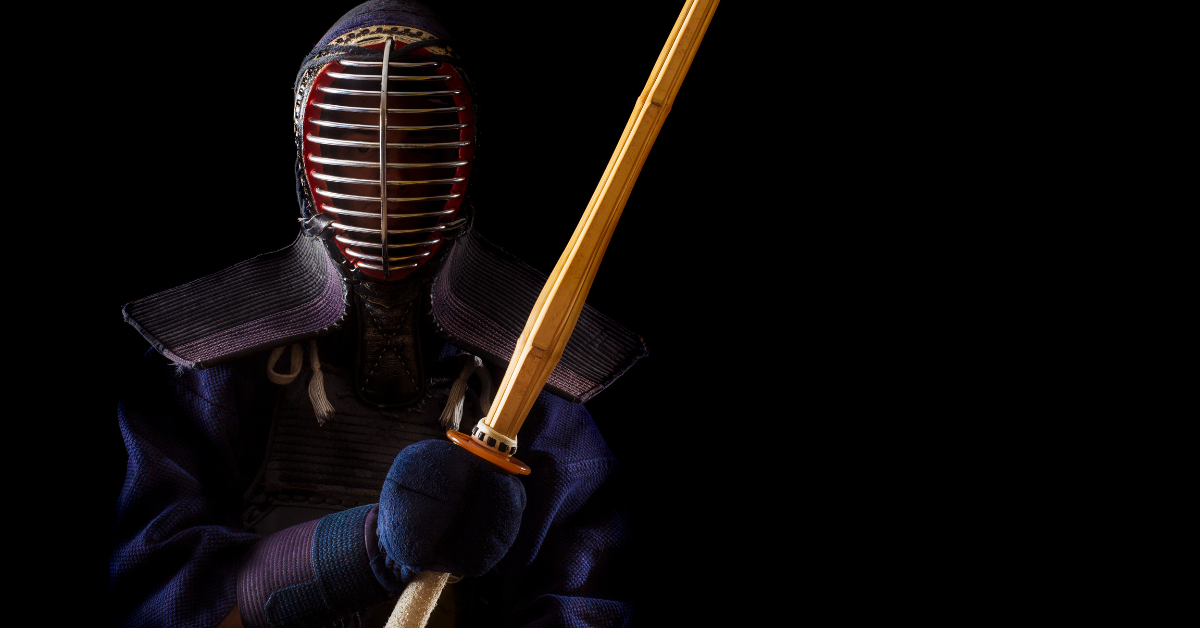Kendo is more than just a sport; it is a martial art that embodies Japanese history, culture, and spirituality. Its roots trace back to the swordsmanship practiced by samurai centuries ago. Over time, Kendo has transformed from a battlefield technique into a discipline that values respect, self-control, and mental strength.
The Roots of Kendo Lie in Kenjutsu
The source of Kendo is Kenjutsu practiced by samurai on the battlefield. From the late Heian to the Kamakura period, samurai used the sword as their main weapon and systematized their fighting techniques. During the Warring States period, many schools emerged, and swordsmanship that incorporated tactics and philosophy became linked with spiritual training.
Major Kenjutsu Schools and Their Characteristics
| School | Characteristics |
|---|---|
| Shinkage-ryu | Known for flexible stances and practical combat movements |
| Yagyu Shinkage-ryu | Developed as the Tokugawa shogunate’s official style, emphasizing spirituality |
| Hokushin Itto-ryu | Valued accuracy of strikes, adopted by police in the Meiji era |
| Kashima Shinto-ryu | Retains many elements of classical martial arts |
The philosophy and techniques of these schools strongly influenced the foundation of modern Kendo.
From Edo Period Kenjutsu to Modern Kendo
During the Edo period, long-lasting peace reduced the need for battlefield combat. As a result, swordsmanship shifted focus to education and spiritual discipline. It was no longer practiced only by samurai; townspeople and even children began to study it, spreading its influence across society.
The invention of the bamboo sword (shinai) and protective armor during this time was revolutionary. These allowed practitioners to spar safely, greatly improving the realism of training.
Changes in Kenjutsu During the Edo Period
| Aspect | Difference from the Warring States Era |
|---|---|
| Purpose | Shifted from victory in battle to character development |
| Training | From live blades to bamboo swords with armor |
| Practitioners | Expanded from samurai to commoners and children |
| Spirituality | Transitioned from “winning” to “respect and courtesy” |
Thus, Kenjutsu began to develop not only as a combat skill but as a form of moral and human education.
Development of Kendo After the Meiji Era
In the Meiji era, the government issued the Sword Abolishment Edict, banning samurai from carrying swords in daily life. This caused martial arts to decline temporarily, but Kendo regained attention through its importance in education and police training.
From the Taisho to early Showa period, Kendo became compulsory in schools and police training. It was valued not only as a method of physical training but also as a way to teach discipline and courtesy. After World War II, it was temporarily banned under the GHQ occupation but later revived as “Kendo” and spread again both in Japan and abroad.
Position of Kendo from Meiji to Showa
| Era | Role of Kendo |
|---|---|
| Meiji | Introduced into schools to build discipline and fitness |
| Taisho | Adopted as compulsory training in the police |
| Early Showa | Widely spread as part of national education |
| Postwar | Temporarily banned, later revived as cultural heritage |
Kendo has survived by adapting to the changes of Japan’s society and political systems.
The International Spread of Kendo
Today, Kendo has expanded worldwide, with international tournaments held regularly. For foreigners, Kendo serves as a gateway to Japanese culture and as a unique opportunity to experience etiquette and spirituality.
The reasons foreigners are drawn to Kendo are diverse. Some are inspired by samurai in films and anime, while others seek health benefits or mental discipline. The way Kendo is perceived differs depending on each country’s cultural background.
Motivations for Foreigners to Learn Kendo
| Motivation | Example |
|---|---|
| Fascination with Japanese culture | Interest in samurai and Bushido spirit |
| Personal growth | Learning courtesy and concentration |
| Health | Full-body exercise with aerobic benefits |
| Social interaction | Building international friendships through dojos |
Thus, Kendo plays an important role not only as a martial art but also as a means of cultural exchange.
Summary of Kendo’s Historical Development
| Period | Characteristics of Kendo / Kenjutsu |
|---|---|
| Heian – Kamakura | Practical swordsmanship used by samurai in battle |
| Warring States | Proliferation of schools, systematization of tactics |
| Edo Period | Invention of shinai and armor, safe training established |
| Meiji Era | Introduced into education |
| Postwar Era | Revived after WWII, internationally spread |
Conclusion
Kendo is a martial art that embodies Japanese history and culture. Its origin was in battlefield swordsmanship, but during the peaceful Edo period it transformed into a means of education and spiritual training. After being integrated into schools and police institutions during the Meiji era and recovering from the postwar ban, it is now practiced globally.
For foreigners, studying Kendo is more than learning sword techniques. It provides an opportunity to understand Japanese etiquette, spirituality, and cultural values. Kendo has become a bridge between Japan and the world and will continue to hold international significance in the future.






